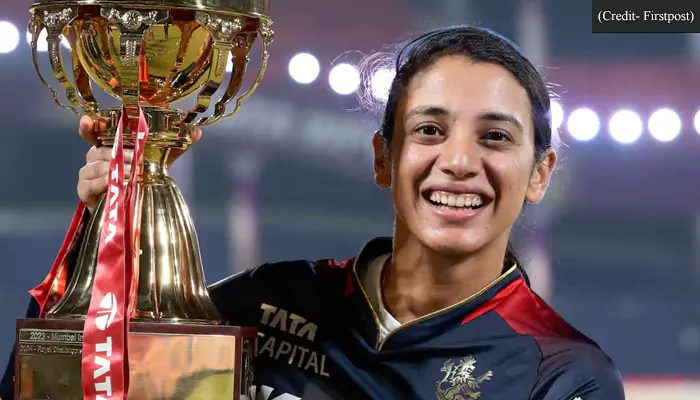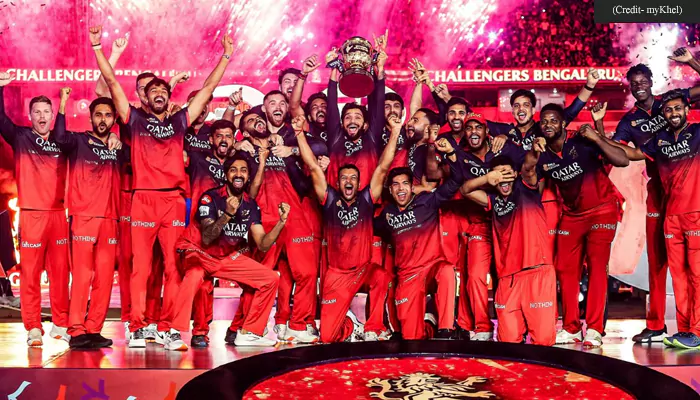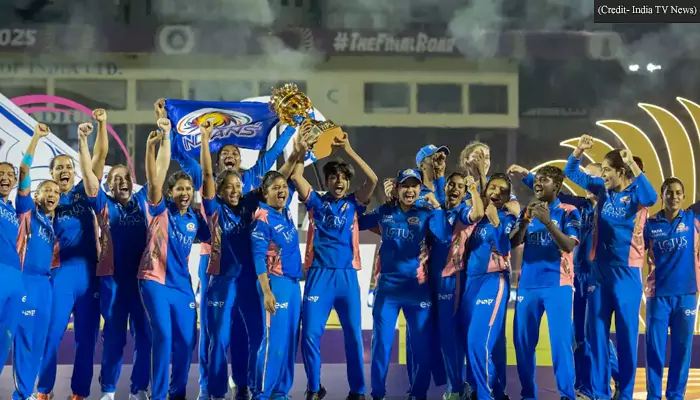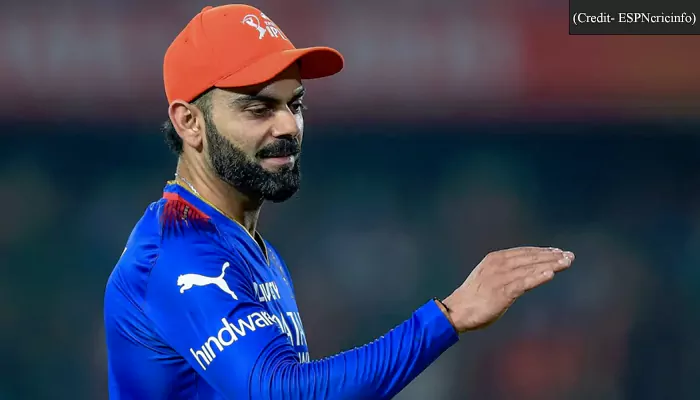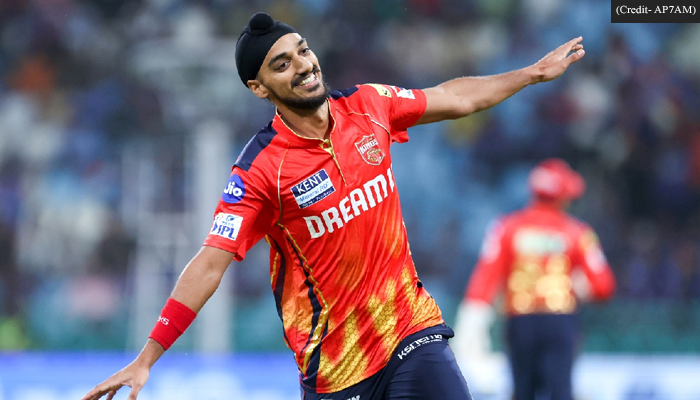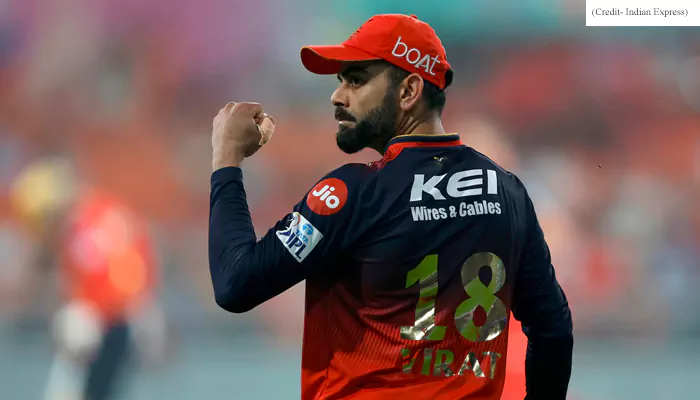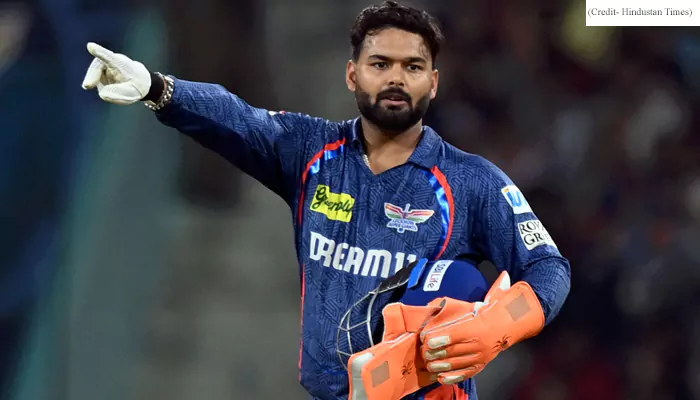Two Left-Arm Spinners, One Spot: Who Brings More Balance to India’s 50-Over Ambitions?
- Sayan Guha
- 11 months ago
- 4 minutes read

As the Champions Trophy draws near, the competition between these two spinners is bound to heat up
Think of a crowded stadium, a turning track, and a critical Champions Trophy match. India requires a spin-bowling all-rounder who can keep the runs down, take critical wickets, and produce with the bat when it counts the most. The squad includes a trustworthy veteran who has been in several high-profile contests. But there's also an emerging star, ready to take the spotlight, with a skill set that resembles the veteran's but seems refreshingly unique.
Check out the full fixtures for the ICC Champions Trophy 2025. pic.twitter.com/oecuikydca
— ICC (@ICC) December 24, 2024
As India shifts to the 50-over format ahead of a three-match ODI series against England and the Champions Trophy, an interesting discussion has emerged: who fits better in the ODI system, Ravindra Jadeja or Axar Patel? Both left-arm spinners have established records with the ball and can clear the ropes when batting in the lower order. But when the playing XI is decided, will Jadeja's expertise win out, or will Axar's meteoric ascent change the tide?
The solution is not as simple as it appears. Let's explore this spin mystery.
Jadeja: The proven warrior
Ravindra Jadeja's name has been associated with consistency for many years. Jadeja has been India's go-to spin-bowling all-rounder due to his fast fielding, trustworthy bowling, and bat-stabilizing or acceleration abilities.
Yuvraj Singh 🤝 Ravindra Jadejahttps://t.co/gQezOK6Nih #INDvSA #CWC23 pic.twitter.com/uBA214vpF9
— ESPNcricinfo (@ESPNcricinfo) November 7, 2023
However, his ODI performance since 2022 has shifted. His bowling has reached its pinnacle in recent years. From 2019 to 2021, Jadeja had an ODI bowling average of 57.85 and an economy rate of 5.11—good but not match-winning. Since 2022, he has taken wickets at an average of 28.50 and conceded only 4.58 runs per over.
However, the same cannot be said for his striking. Jadeja's power-hitting against pace has faded, and his ability to finish games under pressure is no longer as crisp as it was. Has his job as an all-rounder changed more towards bowling? But one thing is certain: Jaddu is still an extra man on the field for India. Jadeja's one throw to the stumps can quickly shift the game's momentum towards India anytime.
Axar: The challenger on the rise
Axar Patel, on the other hand, is creating waves. In principle, Axar is a direct substitute for Jadeja. However, it has a somewhat distinct tasting profile. His bowling is disciplined, frequently restricting batters with tight lines and lengths. However, due to his defensive style, he does not provide the same wicket-taking danger as Jadeja, especially on flatter surfaces or in games when spinners have limited support.
Axar's data demonstrate this issue. Despite playing 55 ODIs, he has finished his 10-over period in just over half of them (50.9%). This begs the question: Can India rely on Axar to supply full quota spells in high-pressure situations?
What distinguishes Axar is his hitting. His ability to finish innings with clean strikes has improved dramatically since we observed it in the T20 World Cup 2024. Even in a situation where India loses their second wicket in the 35th over with a score of 230/2, Axar can easily shift himself up the order and help the team reach nearly 350 or 400 with his power-hitting. In recent games, Axar's batting confidence has overtaken Jadeja's, giving him a more adaptable lower-order alternative.
🚨 RAVINDRA JADEJA OR AXAR PATEL FOR CT🚨
— Tanuj Singh (@ImTanujSingh) January 8, 2025
- Toss up between Ravindra Jadeja or Axar Patel in Team India's Squad for Champions Trophy 2025. (PTI). pic.twitter.com/kJ19crtGa2
Who gets the nod?
So, who should India rely on? Jadeja's experience and superior bowling skills make him a more reliable choice for crunch games. However, Axar's ascent and ability to contribute to critical runs cannot be overlooked, especially as India seeks finishers in the 50-over format. A spinner-friendly track might tip the scales in favour of Axar's economical spells, whilst a high-stakes game may require Jadeja's consistency.

